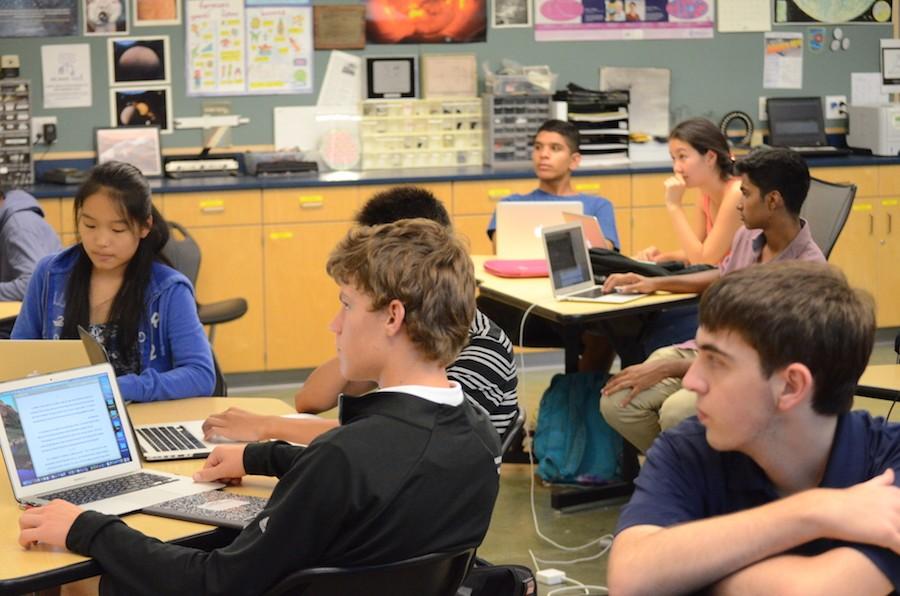#ILookLikeAnEngineer: Fighting the gender gap
September 6, 2015
When Isis Wenger, a 22-year-old software engineer at San Francisco-based tech company OneLogin, appeared in a company recruitment ad on Aug. 1, she probably did not expect to become a part of a viral campaign.
After receiving backlash and sexist remarks on social media telling her that she did not look like a engineer, Wegner responded with a picture of herself on Twitter holding a sign with the hashtag #ILookLikeAnEngineer.
Just updated my Medium post! #iLookLikeAnEngineer pic.twitter.com/szMTCuRVu0
— Isis Anchalee (@isisAnchalee) August 3, 2015
The picture quickly became viral, with thousands of women joining the movement to spread awareness about women in STEM (science, technology, engineering, and mathematics) related fields.
In her original blog post on blog-publishing platform Medium about the picture, Wenger described how the tech industry has a built-in culture with several gender-related issues, leading to stereotypes and inappropriate behavior.
“This industry’s culture fosters an unconscious lack of sensitivity towards those who do not fit a certain mold,” she wrote. “I just want to make it clear that we are all humans, and there are certain patterns of behavior that no one should have to tolerate while in a professional environment.”
Fighting the Gender Gap at the Upper School
At the Upper School, STEM related fields often also experience a “gender gap” where specific classes that are related to science, mathematics, engineering and computer science are predominantly taken by male students. Senior Panny Shan, who takes an Advanced Topics class in Computer Science, believes that the gender gap exists not only in the industry but also at Harker.
“There are statistics that indicate that there are pay gaps and gender gaps not only in participation, but also once women do enter the field, they experience extreme discrimination,” she said. “I’m one of two girls in [the CS] class, and it’s very apparent not only at Harker but also as we go out to Silicon Valley, there is quite the gap in participation.”
Physics teacher Lisa Radice agrees that the gender gap is slowly closing in comparison to when she studied in college, but still believes that more can be done.
“When I was in college, in my year there were 17 physics majors, and I was the only female,” she said. “The higher up you go in physics, especially college or graduate school, it definitely becomes much more skewed. Teachers I had were used to that being the status quo, and now things are changing [so] that girls are not getting the message that science is something they can’t do.”


